Geography
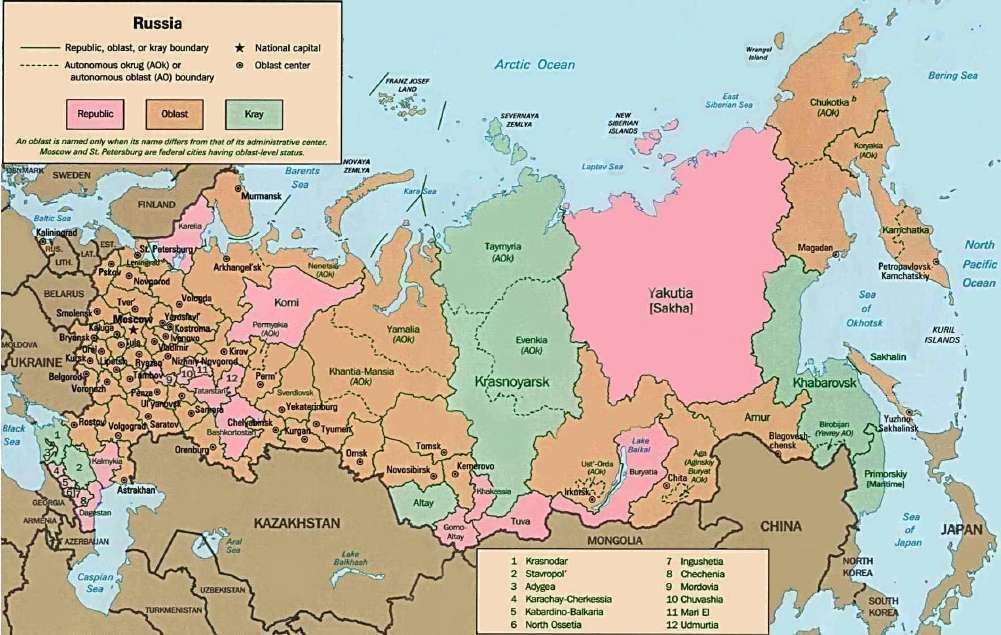 History
History
Invasions
Empires
Imperial overreach
Revolutions
–
1905, 1917
Marxist-Leninism
Marx’s Critique
of
Capitalism
Alienation,
emiseration, pauperization
Expropriation
of
surplus value
Commodification of labor
Division
of labor
Mass
production
Lenin
Bolsheviks
vs. Menshaviks
Party as the vanquard of the revolution
Dictatorship
of
the Proletariat
Soviet Union
Key
Features
Centrally
planned
economy
“Scientific
socialism”
Atheism
Lenin
as pseudo-religious
figure, icon
Political
rituals, ceremony, grandeur to take
the
place of
religion
Art/culture
–
glorified workers
“socialist
realism” as
an artistic style
Political –
leading role of
the Party
i.e. party
had monopoly
power over government apparatus, military
Party – elite,
cohesive,
small percent of pop
Why join??
True
believers
vs. careerists/realists
Irrationality of
planned
economy
Shortages,
esp of consumer
products
Long
lines
Quota in
production –
emphasized quantity over quality
1989-1991
Transition
1989
Peaceful
transition:
Poland
Hungary
East Germany
Violent overthrow
of
Romanian dictator, Ceaucescu
Why then?
What
changed?
Gorby, Solidarity, system breakdown
Imperial
overreach
Transition to
market
democracy
What has to be done?
Privatization
Marketize Prices
New Problems
created
Inflation
Unemployment
Poverty
Social
pathologies
The End of
the
Mikhail Gorbachev
successful
party official
in charge of agriculture
rose to
local
party secretary
politically
savvy, atuned to the way the wind was
blowing with Stalin, Krushchev, Breshnev,
Attracts
attn of
party
1978 brought
to Moscow
as sec of Central Ctte
1983 – visits
Canada,
England
Thatcher
describes him
as “a man I could do business with”
Elected First
Party
Secretary 1985
moved
away from
Marxist rhetoric/ideology
Perestroika –
economic
restructuring
decentralize
economy
allow
managers to
run enterprises
allow entrepreneurism, “moonlighting”
Glasnost –
openness
more
media
freedom
pluralism
within
party
“personal
perestroika”
– each person needs to feel free for first time, free of oppression,
censorship, overcome fear of
spontaneity
Democratization
Introduces
competitive
elections in the republics
August 1991
Coup
Attempt
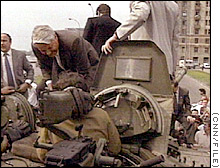
- hardliners place Gorbachev under house arrest in
Coup poorly
planned, send
tanks into streets in
Miscalculated -
counted on
support from rank and file military
Failed to
arrest/assassinate Yeltsin (democratically elected president of the
Yeltsin takes
refuge in the
White House; military, KGB, thousands of supporters physically defend
him
Conspirators
commit suicide
or are arrested
The Yeltsin
Era
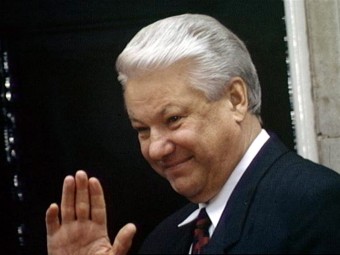
1991
Dissolved
Central
Committee
Supreme
Soviet suspends
CPSU activities
1993
national
referendum on
new constitution; parliamentary elections
Constitutional
crisis
Yeltsin calls
Referendum
Who should
rule -
Yeltsin or Parliament - 59% said Yeltsin (only 39% voted)
Summer 1993
Yeltsin made
ruling
prior to referendum if vote in his favor, new parliamentary elections
(but
Yeltsin
dissolved
Parliament anyway
Some barricaded
themselves
in the White House
Yeltsin
orders attack
150 die, 1000
wounded;
2000 jailed
1995
Yeltsin wins
2nd term
Communists
win
parliament elections
Russian Federation
Assemblage of
Republics,
Oblasts, Okrugs
Commonwealth of
Independent
States
joined in
1991-92 by
all former republics except Georgia and the Baltics
formed to cooperate in foreign
policy,
economic
relations,
environment,
immigration,
combating org’d crime
Both Federation
and CIS
face triple challenge of establishing new states
building
democratic
institutions
marketizing their economies
Institutions of
the
Has
elements
of
French, American and German system
Presidency and
relationship
between president and premier most like the French system
Checks and
balances like
the American system (sort of, ideally)
Representation in
Duma like the Germany system – half elected
proportionally,
half elected from single member districts
Yeltsin
designed
presidency/Constitution
He
called it a
“presidential republic”
***culturally,
historically, why might this be a logical model for Russia?
What alternative
model/set of institutions has been adopted in other post-Communist
countries?
"Presidential
Republic"
French model plus
strong
decree powers, e.g. economic reforms
“Head of State
and
Guarantor of the Constitution”
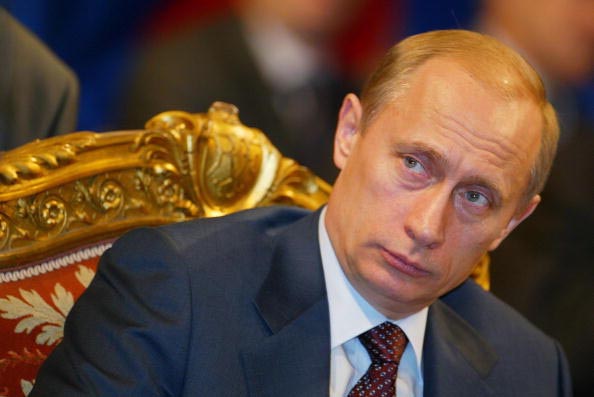
President
appoints PM
w/approval of Parliament;
Note number who have been appointed who were not elected; not
affiliated with any political party
Prime
Ministers of Russian Federation 1991-presentm
(Source: Wikipedia)
| Name | Took Office | Left Office | Party | |
| 2 | Boris Yeltsin | 6 November 1991 | 15 June 1992 | (None) |
| Yegor Gaidar (acting) | 15 June 1992 | 14 December 1992 | (None) | |
| 3 | Viktor Chernomyrdin, 1st time | 14 December 1992 | 23 March 1998 | Our Home is Russia |
| Boris Yeltsin (acting) | 23 March 1998 | 23 March 1998 | (None) | |
| 4 | Sergei Kiriyenko | 23 March 1998 | 23 August 1998 | (None) |
| Viktor Chernomyrdin (acting) | 23 August 1998 | 11 September 1998 | Our Home is Russia | |
| 5 | Yevgeny Primakov | 11 September 1998 | 12 May 1999 | (None) |
| 6 | Sergei Stepashin | 12 May 1999 | 9 August 1999 | (None) |
| 7 | Vladimir Putin | 8 August 1999 | 7 May 2000 | (None) |
| 8 | Mikhail Kasyanov | 7 May 2000 | 24 February 2004 | (None) |
| Viktor Khristenko (acting) | 24 February 2004 | 5 March 2004 | (none) | |
| 9 | Mikhail Fradkov | 5 March 2004 | (present) | (None |
Parliament
rejects his
choice 3 times, he can dissolve Parliament, call for new elections;
Cannot dissolve parl w/in 1 yr of its election, if impeachment
charges
against him; if pres has declared state of emergency; or w/in 6 mos. of
expiration of his term
2nd time -
president can
dismiss govt or dissolve parliament
President can
appoint/remove
other ministers on his own including “power ministries” Foreign
Ministry,
Federal Security Service, Defense Ministry, Interior Ministry, and
composition
of Security Council
Deputy Prime Ministers (as of February 26, 2007)
Likely to succeed Putin, run in 2008




Source: RussianProfile.org
New
York Times Magazine Story on Putin's Would-be Successors
Council of
Ministers
60
ministries and agencies!!!!!!!!! Composition not representative
of party
composition in Duma
Federal Assembly
State Duma

lower house
450 members -
half SMD,
half PR
originates
legislation
in most cases
Can override
changes made
by the upper house by a 2/3 majority
Can override
presidential
veto with 2/3 majority
Duma Elections:
last held 7 December 2003 (next to be held in December 2007)
Results:
(5% threshold for 225 PR seats)
United Russia 37.1%; 222 seats total
Communist Party of the Russian Federation (CPRF, Zhuganov) 12.7%, 53
seats total
Liberal Democratic Party of Russia (LDPR, Zhirinovsky) 11.6%, 38 seats
total
Motherland 9.1%, 37 seats total
People's Party 19
Yabloko (Yavlinsky) 4
Union of Right Forces (SPS) 2
other 7
independents 65
Prime Minister: Mikhail Fradkov
no party affiliation
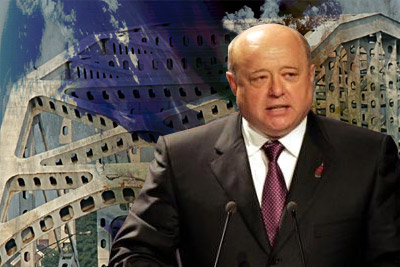
Violence in Duma

Upper House
Council of
the
Federation
2 representatives
per
federal unit
Approves
president’s appts to Supreme and
Constitutional Cts
Approves decrees
of martial
law
Must consider
legislation
on taxes, budget, financial policy, treaties, customs, declarations of
war
